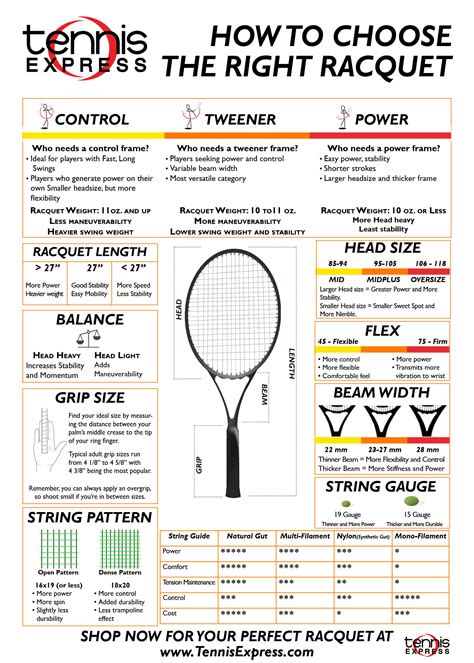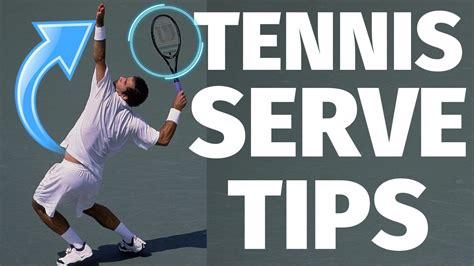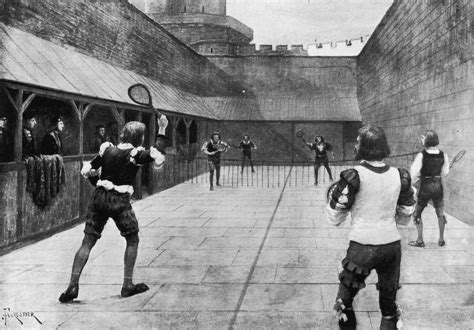Learn to analyze opponents’ playing styles, strengths, weaknesses, and strategies through observation and video analysis for better match insights and preparation.In the competitive world of tennis, mastering not just your own game but also understanding your opponent’s is crucial to achieving success on the court. How To Analyze Your Opponent’s Game In Tennis offers a comprehensive guide to elevate your strategic play by diving deep into the nuances of your rival’s techniques and habits. From identifying playing styles to recognizing key patterns during matches, this article equips you with the tools necessary for a tactical advantage. We’ll explore various methods, including video analysis, to help you dissect your competitors’ strengths and weaknesses. Armed with this knowledge, you’ll be better prepared to craft personalized strategies that can tip the scales in your favor. Join us on this journey to refine your game and elevate your performance against any opponent you face.
Understanding Your Opponent’s Playing Style
Analyzing your opponent’s game in tennis revolves significantly around understanding their playing style. This assessment can provide you with crucial insights that can inform your strategies and enhance your chances of success. To effectively dissect how to analyze your opponent’s game, consider the following elements:
- Playing Surface Preferences: Different players perform better on specific surfaces such as clay, grass, or hard courts. Identifying your opponent’s preferred surface can help predict their game style and effectiveness.
- Shot Selection: Observe the types of shots your opponent favors. Do they rely more on baseline rallies, or do they prefer to approach the net? Understanding their shot selection can significantly impact your game strategy.
- Movement and Footwork: Assess how agile and quick your opponent is during the match. Their footwork can indicate whether they excel in long rallies or quick exchanges at the net.
- Serve Style: Note the variations in your opponent’s serve. Is it powerful, spin-heavy, or well-placed? This information is vital for preparing your return strategy.
- Pacing and Rhythm: Analyze how your opponent maintains their pacing and rhythm throughout the match. Do they prefer a fast-paced game, or do they take their time to construct points? Recognizing their rhythm allows you to disrupt it effectively.
By focusing on these aspects, you can develop a comprehensive understanding of your opponent’s playing style. This analysis not only aids in improving your own gameplay but is also a critical step in mastering how to outmaneuver your rivals on the court.
How To Observe Key Patterns In Matches
Observing key patterns in matches can significantly enhance your understanding of how to analyze your opponent’s game. By focusing on specific aspects of play, you can gather valuable insights that can inform your own strategies and preparation. Here are some effective methods to identify these patterns:
By following these strategies on how to observe key patterns in matches, you can gain a comprehensive understanding of your opponent’s game, allowing you to adapt and create tailored strategies that enhance your competitive edge.
Analyzing Strengths And Weaknesses Of Opponents
When it comes to tennis, having a comprehensive understanding of your opponent’s strengths and weaknesses can be the deciding factor in a match. This in-depth analysis can provide you with the insights needed to exploit your competitor’s vulnerabilities while avoiding areas where they excel. Here are some effective methods to help you analyze their game.
Start by observing your opponent’s past performances. Look for statistics that highlight their game style, such as their serve percentage, break point conversions, and unforced errors. Pay attention to the types of shots they prefer – do they favor their forehand or backhand? Noting these preferences allows you to strategize accordingly.
Another effective way to analyze strengths and weaknesses is to evaluate their movement on the court. Are they quick around the baseline, or do they struggle with lateral movement? This can inform your approach; for instance, if they are slower on their feet, you can focus on hitting to the corners to stretch their reach.
Furthermore, mental toughness is crucial in tennis. Assess how your opponent reacts under pressure. Do they maintain composure, or do they crack during crucial points? By identifying their psychological strengths and weaknesses, you can craft a game plan that makes them uncomfortable during the match.
Consider their adaptability. A player who can adjust their strategies mid-match is often more challenging to beat. Observe how they respond to different styles of play, and use this information to your advantage by maintaining a flexible approach in your own game.
By systematically analyzing your opponent’s strengths and weaknesses, you equip yourself with the knowledge necessary to enhance your performance on the court. This strategic insight allows you to focus your game plan on exploiting your opponent’s vulnerabilities while minimizing the impact of their strengths.
Utilizing Video Analysis For Better Insights
One of the most effective tools at a player’s disposal is video analysis. This method can significantly enhance your understanding of both your own game and that of your opponents. By reviewing match footage, you can gain valuable insights that are often missed during live play.
To start, record your opponent’s matches, particularly the ones against players with similar styles or levels. Look for key moments such as how they respond to pressure, their shot selection during critical points, and their patterns of play against different styles. This will not only help you identify their how to capitalize on their weaknesses but also enable you to prepare strategies tailored to counter their strengths.
When conducting video analysis, consider the following steps:
Video analysis can play a pivotal role in your preparation and performance on the court. By harnessing this technology, you can refine your skills and develop a deeper understanding of how to compete successfully against your opponents.
Developing Strategies Based On Opponent Analysis
Once you have analyzed your opponent’s game thoroughly, the next crucial step is to develop effective strategies that leverage the insights you’ve gained. Creating tailored tactics allows you to play to your strengths while exploiting your opponent’s weaknesses.
Here are some key considerations when formulating your game plan:
By integrating these strategies, you’ll be equipped to navigate your match effectively while utilizing the insights gained from analyzing your opponent’s game. This approach not only increases your chances of winning but also enhances your overall tennis acumen.
Frequently Asked Questions
Why is analyzing an opponent’s game important in tennis?
Analyzing an opponent’s game helps players identify strengths and weaknesses, allowing them to develop strategies that can exploit these vulnerabilities during a match.
What key aspects should I focus on when observing my opponent?
Focus on their playing style, shot preferences, movement patterns, and mental toughness. Take note of how they respond to different situations and their patterns during crucial points.
How can I effectively gather data during a match?
Use a notebook or a mobile app to jot down observations regarding your opponent’s shots, placement, and decision-making throughout the match to create a comprehensive profile.
Should I analyze my opponent before or during a match?
It is beneficial to analyze your opponent both before and during a match. Prior preparation allows for strategic planning, while in-game analysis helps adjust tactics as the match unfolds.
What tools or apps can assist in analyzing an opponent’s game?
There are several tools and apps available, such as SwingVision and Tennis Analytics, which provide video analysis, match statistics, and performance breakdowns to assist in opponent analysis.
How can I use my findings to improve my own game?
By understanding what works against your opponent, you can incorporate similar strategies into your training, refine your shot selection, and enhance your overall match play.
Is it ethical to analyze opponents, especially in competitive settings?
Yes, analyzing opponents is considered a standard practice in sports. However, it’s essential to focus on observations from matches you watch and avoid any unethical practices like spying on training sessions.









